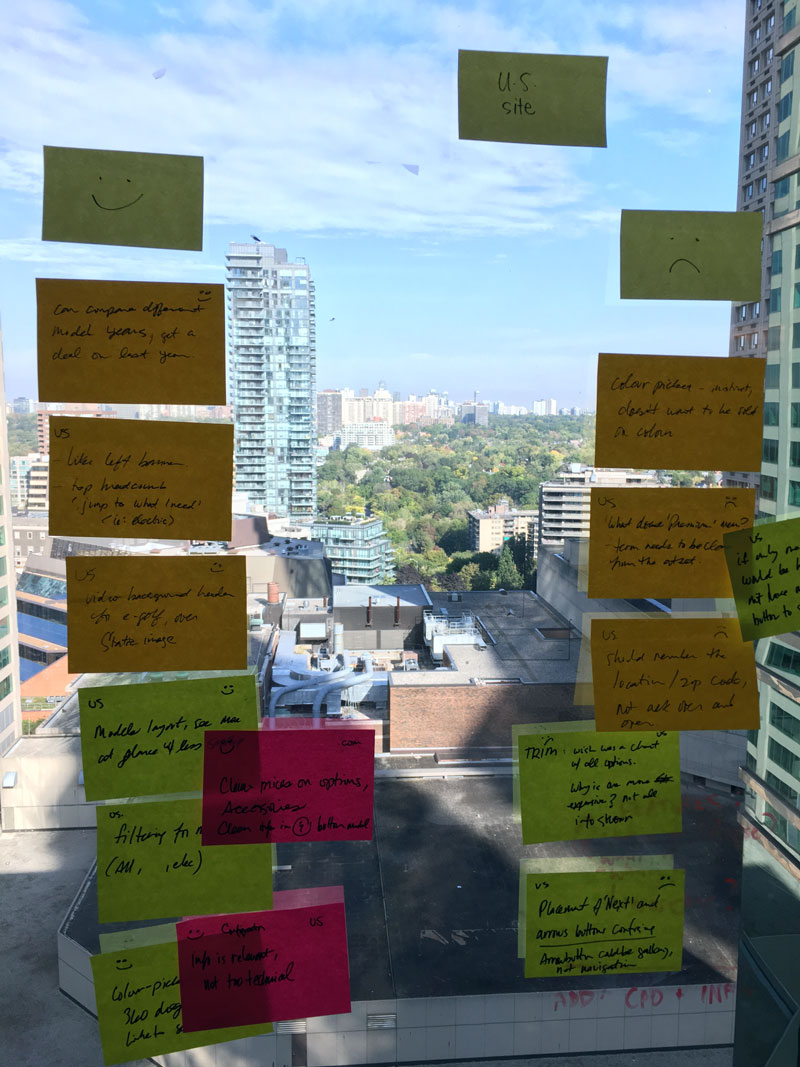No matter how well you believe you understand an audience, guaranteed, there will be comments that come up in user testing which surprise you. Often, user-testing is skipped because there isn’t enough time or budget, but this is a huge mistake.

I’d go as far to say that any business, from a small café to a huge online store like Amazon, who doesn’t listen to their customers and consider their feedback, will be negatively affected by this oversight. How do you create something for a particular audience without listening to them?
I’ve had the opportunity to participate in very interesting testing scenarios. Perhaps the most appealing part of being a UX Designer, for myself, is putting myself in the shoes of the person using the design. I love to see a mystery solved, whether that means listening to a true crime podcast or observing user-testing and hearing one of those ‘Aha!’ bits of shared information from our participants.
In October 2017, at Tribal Worldwide, I observed, took notes and synthesized the results into reports for over 40 hours of user-testing sessions. Most of my coworkers found it tedious to sit through, but I found it fascinating. One participants reaction could sometimes be the complete opposite of another’s. Sometimes, after a few days of testing, you’d see certain trends emerge, making it clear that adjustments to the design must be made.

The Tribal team was really keen on using post-its to capture comments and file them quickly into Positive, Neutral and Negative columns. I really like this approach, as it forces you to focus and capture what is important, but I prefer to type this in a document because my handwriting is terrible after years of typing and rarely writing. I created a document with the headings in a table and shared the results in a PDF at the end, which was searchable in case you were looking for comments using a specific word.
